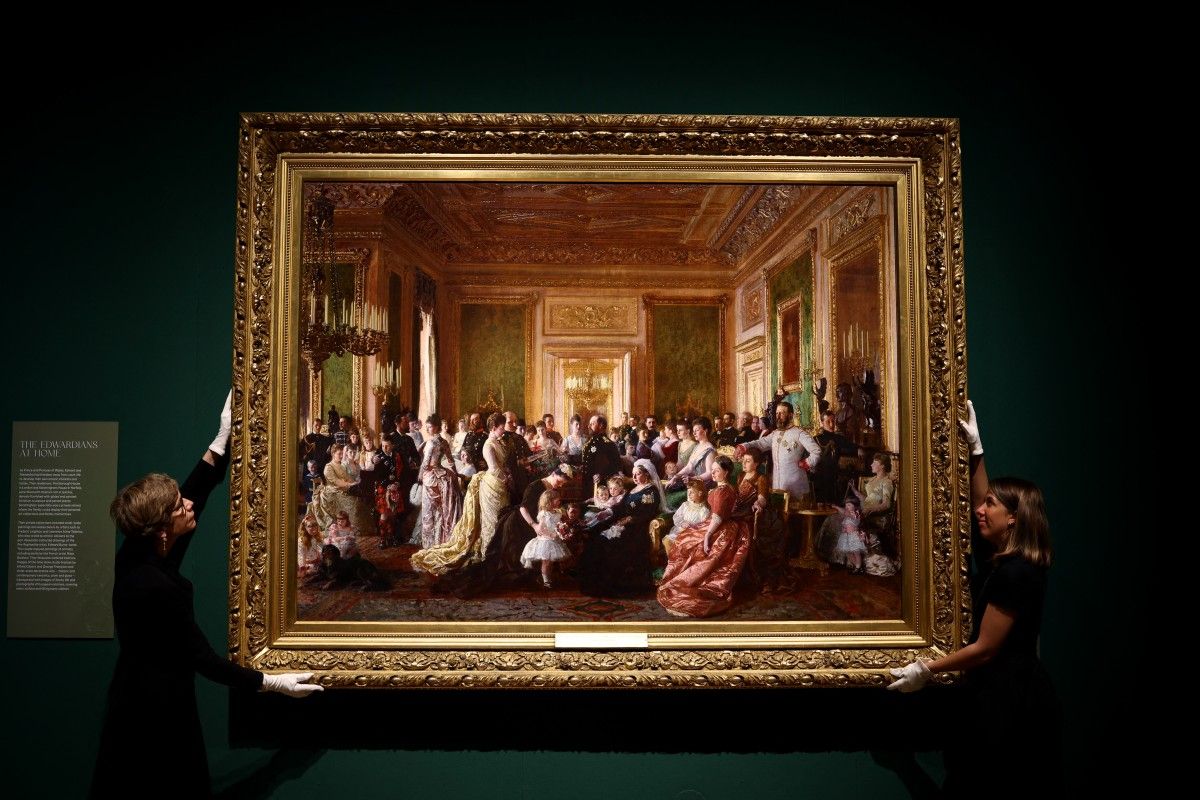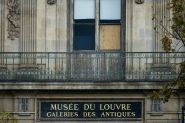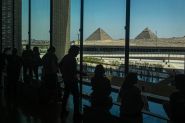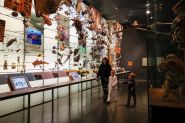
A new exhibition at Buckingham Palace showcases the opulent elegance of the Edwardian era through the lives of Queen Alexandra and King Edward VII. With over 300 rare objects on display, the exhibit offers a window into a time of artistic brilliance and societal transformation.
Elegance, opulence, and hedonism—an exceptional exhibition in London retraces the Edwardian era before World War I through the lives of Queen Alexandra and King Edward VII, during a time of great transformation.
The exhibition, The Edwardians: Age of Elegance, opens Friday at Buckingham Palace and runs through November 23. It brings together over 300 pieces, nearly half of which have never been displayed to the public before.
The centerpiece is Queen Alexandra’s coronation gown from August 9, 1902, made of silk embroidered with thousands of gold sequins, designed by the French house Morin Blossier. It hasn't been shown in over thirty years.
Alexandra, daughter of King Christian IX of Denmark and sister of King George I of Greece, married Edward—then Prince of Wales—on March 10, 1863, at the chapel of Windsor Castle.
She was 18, he was 22.
The Prince and Princess of Wales represented a new generation, a glamorous couple who stepped further into the spotlight as Queen Victoria, Edward’s mother, withdrew from public life—grief-stricken after the death of her husband, Prince Albert of Saxe-Coburg and Gotha.
For her coronation at Westminster Abbey, Alexandra refused the traditional white or cream gown resembling ecclesiastical garments.
– Symbol of Elegance –
“She knew electricity would be used for the first time at Westminster Abbey, so she chose a gown that sparkled, with thousands of gold sequins,” said Kathryn Jones, curator of the exhibition, in an interview with AFP.
With photography on the rise, thousands of images of her circulated worldwide. “Her style became a symbol of this elegant era,” Jones added.
Alexandra was an amateur photographer herself, and several of her snapshots, taken with a portable Kodak camera, are on display.
Two enormous portraits of the young couple greet visitors in the King's Gallery.
One room recounts their lavish lifestyle—receptions, concerts, regattas on the Isle of Wight, costume balls, garden parties—and their residences at Marlborough House in London and Sandringham House in Eastern England.
As collectors, they amassed textiles, artwork, dinnerware, paintings, furniture, sculptures, rare plants, and books. Both were passionate about emerging artistic movements.
Edward discovered Carl Fabergé through Alexandra’s sister Dagmar, who was married to Russia’s last emperor, Alexander III.
He commissioned exquisite miniatures of his favorite animals, several of which are featured in the King’s Gallery.
Their painting and watercolor collection includes works by Frederic Leighton, Lawrence Alma-Tadema, French painter Rosa Bonheur, and American artist John Singer Sargent, along with bronze sculptures by Alfred Gilbert.
One of the highlights is a gilded screen made up of 96 black-and-white photographs of soldiers, politicians, artists, actors, and members of the royal family—mass-produced and wildly popular at the time.
Several blue-draped rooms showcase dazzling gifts and photos from their travels across five continents—from Norway to Australia, via Egypt and India.
The exhibition, which extends beyond the strict Edwardian timeline, also includes objects collected by their son George V and his wife Mary, reflecting a period of artistic evolution and growing political uncertainty in Europe and the British Empire.
World War I would bring this age of elegance to an abrupt end.
With AFP




Comments